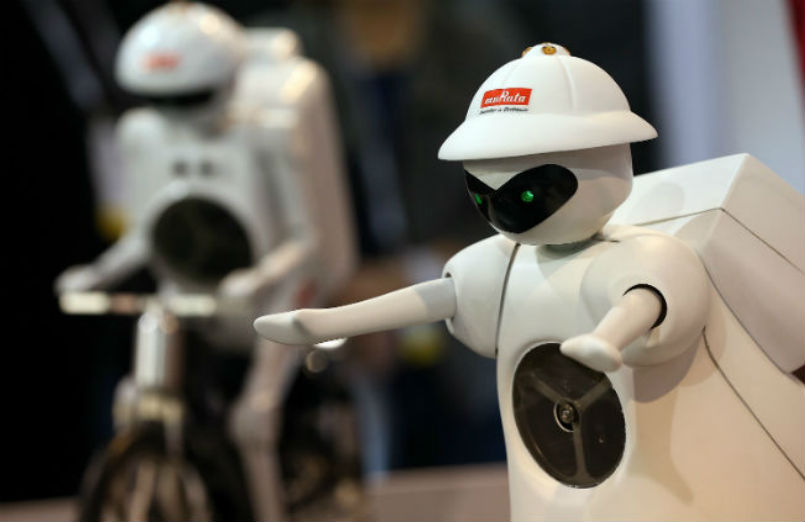
California Institute of Technology and NASA’s Jet Propulsion Laboratory have come out with a design to build the robotically assembled modular space telescope.
Just imagine an army of robots can assemble a large space-based modular telescope that can help astronomers on the Earth see things much clearly in the dark space? Nicolas Lee and his colleagues who hail form California Institute of Technology and NASA‘s Jet Propulsion Laboratory have come out with a design to build the robotically assembled modular space telescope (RAMST).
The main focus foe the design “architecture for in-space robotic assembly of a modular space telescope,” is on the robotic system to perform tasks in which astronaut weakness would be the main concern.
“Our goal is to address the principal technical challenges associated with such an architecture, so that future concept studies addressing a particular science driver can consider robotically assembled telescopes in their trade space,” the authors wrote in a paper appeared in the Journal of Astronomical Telescopes, Instruments, and Systems (JATIS).
Ground-based telescopes are limited by atmospheric effects and by their fixed location on the Earth. Space-based telescopes do not have those disadvantages but have other limits, such as overall launch vehicle volume and mass capacity.
Design of a modular space telescope that overcomes restrictions on volume and mass could allow telescope components to be launched incrementally, enabling the design and deployment of extremely large space telescopes. The main features of the authors’ proposed architecture include a mirror built with a modular structure, a robot to put the telescope together and provide ongoing servicing and advanced metrology technologies to support the assembly and operation of the telescope.
An optional feature is the potential ability to fly the unassembled components of the telescope in formation. The system architecture is scalable to a variety of telescope sizes and would not be not limited to particular optical designs. The capability to assemble a modular space telescope has other potential applications. For example, astronomers using major ground-based telescopes are accustomed to many decades of operation and the Hubble Space Telescope has demonstrated that this is possible in space if astronauts are available.
“A robotic system of assembly, upgrade, repair, and resupply offers the possibility of very long useful lifetimes of space telescopes of all kinds,” said Harley Thronson, senior scientist for Advanced Astrophysics Concepts at NASA’s Goddard Space Flight Centre.
Source: bgr.in









































